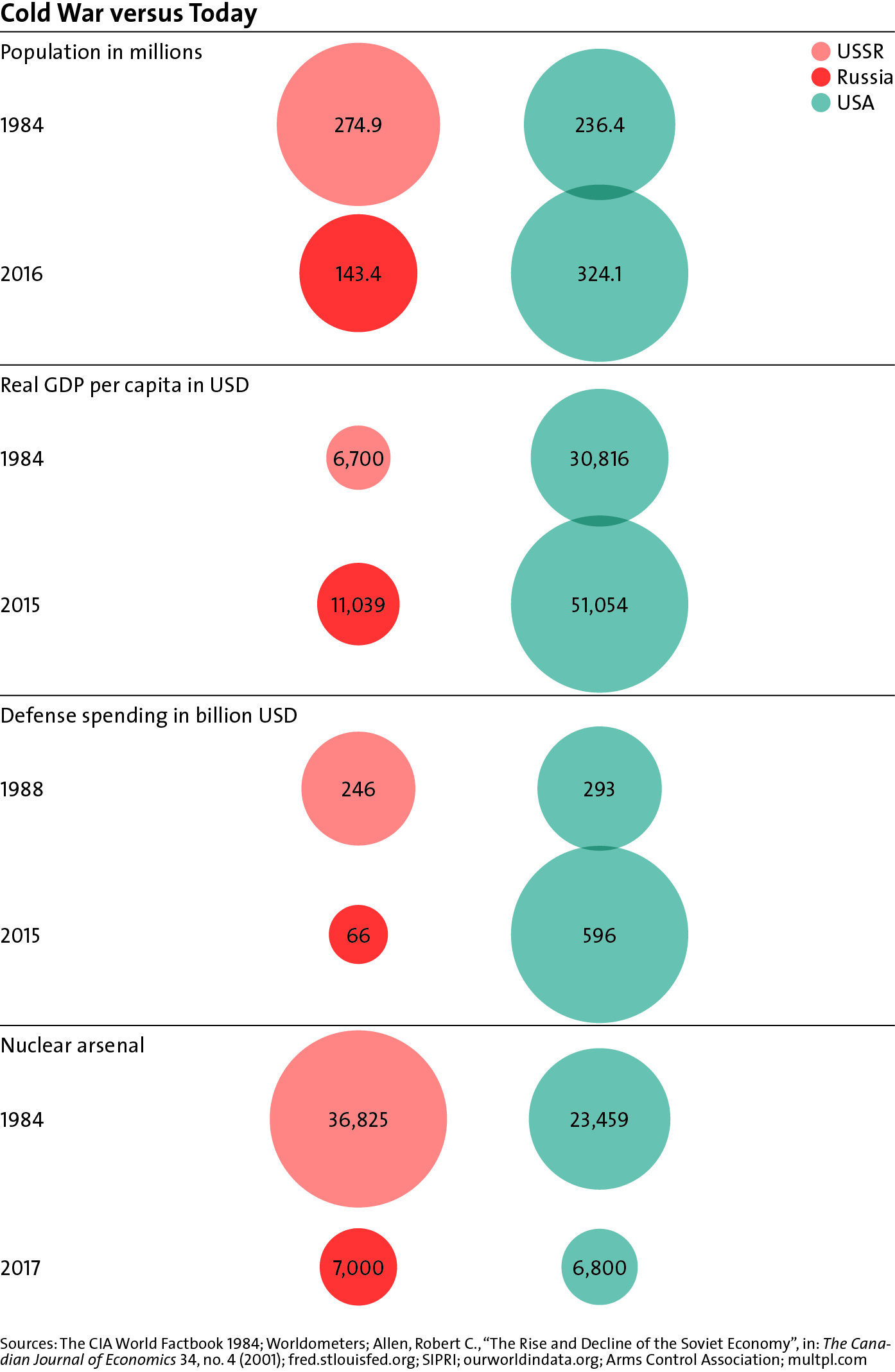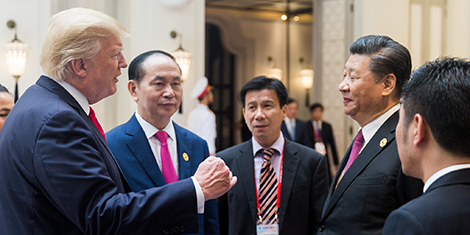
This article was originally published by War on the Rocks on 14 February 2019.
In a recent speech in Hungary, U.S. Secretary of State Mike Pompeo warned Europeans that using technology from Chinese telecommunications manufacturer Huawei could hurt their relationship with the United States. This warning follows a series of high-profile arm wrestling involving the U.S. government, Huawei, and countries like Canada and Australia. The Huawei saga has come to encapsulate a broader concern: Current efforts by Chinese state-led companies to access — and eventually dominate — global markets in key technologies, such as 5G or artificial intelligence, raise a number of privacy and competition-related questions. China’s disinterest in Western standards, coupled with lack of reciprocity and other barriers to foreign companies operating in the Chinese market, makes these challenges even more acute. As argued by other U.S. officials, the lack of a level playing field ultimately means that China could leverage global supply chains and infrastructure nodes and “game” the current international order against American power. In order to forestall this risk, the United States will need to work with allies. And the advanced economies of Western Europe and East Asia are particularly critical.







